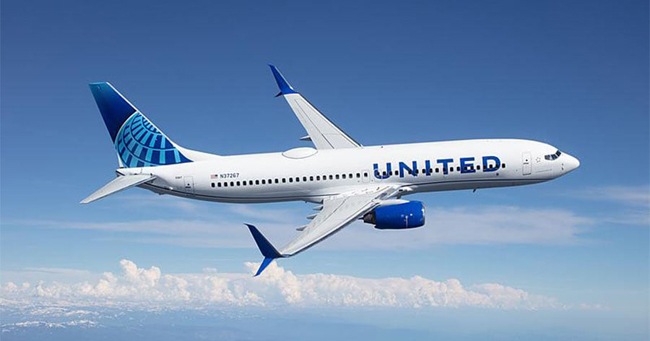Monday, September 4, 2023

Overcrowding, staffing shortages, and widespread cancellations are hobbling U.S. air travel at a time when industry analysts had hoped for a return to normalcy after years of pandemic disruptions.
These circumstances have fuelled what many passengers and industry experts have described as a “hellish” summer travel season.
Record Bookings and Overcrowding
Air travel has surged this year, with passenger numbers surpassing pre-pandemic levels. This has led to overcrowding and made flying increasingly uncomfortable for millions of passengers.
On June 30, the Transportation Security Administration (TSA) recorded a single-day peak for U.S. air travel, with more than 2.88 million passengers passing through the TSA’s checkpoints at airports across the country.
In May, the latest month for which data is available, U.S. airlines carried 81.8 million scheduled domestic and international passengers—an all-time high for that month, data from the U.S. Department of Transportation showed.
Meanwhile, U.S. airlines’ load factor for scheduled flights, a profitability metric that measures the percentage of seats occupied on a given flight, averaged 85.1% in May, just shy of 86.2% in the same month of 2019, before the pandemic hit.
Flight Delays and Cancellations
Cancellations and flight delays have been a headache for travellers this summer, and could surpass even last year’s record for such disruptions.
Severe weather and wildfire smoke led to thousands of flight cancellations throughout the Northeast earlier this summer, while Hurricane Idalia’s late August landfall in Florida has hobbled flights throughout the Southeast.
So far in 2023, the percentage of on-time flights as tracked by the Department of Transportation has averaged just 76.5%, barely above last year’s record low of 76.25%, extracted from data going back to 2014.
A Shortage of Pilots
The airline industry is grappling with a shortage of staff, from pilots to air-traffic controllers.
Consultancy Oliver Wyman has predicted that a shortage of pilots will get worse over the next decade, exacerbated by an aging workforce and a shrinking pool of candidates—trends that the pandemic accelerated.
The pandemic prompted many older pilots to retire early, while a mandatory retirement age of 65 for pilots flying commercial aircraft, which is in place due to health and public safety reasons, prevents some pilots who could work longer from doing so.
Nowhere is the pilot shortage more pronounced than in North America, which is short roughly 8,000 pilots, or 11% of the total pilot workforce. Globally, the airline industry is projected to be short 80,000 pilots by 2032.
A Windfall for Airlines
While recent months have been anything but optimal for passengers, airlines have experienced a windfall from record bookings.
At United Airlines (UAL), passenger revenue for the quarter ended June 30 surged 20% from a year earlier, while net income more than tripled to $1.08 billion.
The company flew an average of 2,400 daily flights during the quarter, the most on record.
American Airlines (AAL) CEO Robert Isom praised his company’s performance in the latest fiscal quarter, saying the airline had a “fantastic quarter” with performance at “historically strong levels.” The airline recorded an impressive load factor of 86%, slightly above the recent industry average.
Congress Takes Action
Increasingly chaotic air travel and passenger dissatisfaction have led to calls for congressional action.
In July, the U.S. House of Representatives overwhelmingly passed a bill, supported by the Biden administration, to address problems facing the airline industry.
Labeled the “Securing Growth and Robust Leadership in American Aviation Act,” the bill mandated that airlines increase traveler safety, properly reimburse passengers, and guarantee protections for disabled passengers.
It also directed the Federal Aviation Administration (FAA) to increase hiring of air traffic controllers and allocated funds to modernize aviation infrastructure and technology.
To address the burgeoning pilot shortage, the bill also raised the retirement age for commercial airline pilots to 67 from 65.
Saturday, April 27, 2024
Saturday, April 27, 2024
Sunday, April 28, 2024